How Melrose Hill became LA’s hottest art district
A billionaire developer, renowned art dealers and cutting-edge restaurateurs have come together to reinvigorate this vibrant – and walkable – neighbourhood

On a recent sun-kissed afternoon in midtown Los Angeles, around 100 art-lovers gathered for a guided walkthrough of the new Diane Arbus retrospective at blue chip dealer David Zwirner’s flagship 30,000 sq ft gallery. When the event was over, they spilled out in every direction into the heart of one of the most exciting and fast-developing art districts anywhere in the world. In just a handful of years, the radical transformation of the blocks around the intersection of Melrose and Western Avenues has proved an old adage wrong. It used to be said that nobody walks in LA. These days, there are few better places to spend a day wandering around than amid the galleries and restaurants of Melrose Hill. 'You can come here, park, have a nice lunch and go see seven different art shows,' says Fernberger gallery owner Emma Fernberger. 'That’s amazing.'
The area’s rapid reinvention didn’t happen by accident. Historically home to rows of furniture warehouses, the neighbourhood was hit hard when online retailers devoured much of the market and those traditional businesses moved out. Actor and developer Zach Lasry, the son of billionaire businessman and former Milwaukee Bucks owner Marc Lasry, noticed the untapped potential whenever he visited his then-girlfriend, now-wife Arianna, who lived on nearby Wilton Place. Beginning in 2019, he and his family bought 18 buildings within a three-block radius.
'The architectural rhythm reminded me of the Bowery in New York, where you have all these old buildings lined up,' says Lasry. 'The Bowery was all restaurant supply stores, so it was a single-use street for a certain industry. This was similar because it was furniture row. It seemed like it had the right mix of location and building stock that it could become something really, really fun.'
That combination was a key part of the draw for Robert Goff, whom David Zwirner had charged with setting up a West Coast outpost. 'When we started looking for a gallery space here in LA, we decided we didn’t want to be in Beverly Hills. That’s not really our brand,' explains Goff. 'David said: "I want to be somewhere artist-facing", meaning convenient to where artists actually live, which is really more on the east side.' Melrose Hill is almost perfectly geographically central in LA, making it an ideal meeting place for those coming from the traditionally wealthier areas in the west of the city and the creative enclaves to the east. 'Everyone always grumbles in LA about crossing the city,' says Goff, 'but we’re pretty easy to get to.'
‘The architectural rhythm reminded me of the Bowery in New York’
Zach Lasry, on Melrose Hill’s appeal
Then there were the buildings themselves: large-scale former furniture warehouses that were in ideal shape to be converted into galleries. 'At first we thought we’d maybe just do a small gallery,' chuckles Goff, who now oversees a sprawling complex made up of three separate spaces. ‘When David came here, he quickly realised that we could work with our architect Annabelle Selldorf to build a really amazing space that would utilise the great resource we have in LA, which is beautiful light.’
The first Zwirner galleries opened in May 2023, with a larger purpose-built space at 606 Western following a year later. A string of other galleries moved in around the same time, including Morán Morán, Clearing, and contemporary art specialist Château Shatto, which relocated from downtown in September 2024. Emma Fernberger, who’d made her name as an art dealer in New York, opened Fernberger gallery in January 2024 at 747 Western, across a courtyard from Italian restaurant Ètra and its daytime sister establishment Café Telegrama, a popular local hangout.

Fernberger gallery
'Zach had such a good intuition about this neighbourhood, and he developed it with care and good taste and with a real eye towards what people want,' says Fernberger. ‘I couldn’t be luckier to have Ètra and Café Telegrama as neighbours, and they have art by some of my artists installed in the restaurant. At the moment, they have the Phil Davis painting, Boy with a Sun Hat. It’s better that works are out in the world than in my storage racks.’
Receive our daily digest of inspiration, escapism and design stories from around the world direct to your inbox.
That sort of collaboration is music to Lasry’s ears, and he argues the blossoming community is a vindication of his philosophy of focusing on small businesses instead of allowing chains and franchises to move in. 'The kernel of that idea came from the fact that my favourite streets I’ve ever experienced all happened to be streets of local businesses,' explains Lasry. 'When the chains come in, when every street starts feeling more like every other street, anywhere you go, it's hard to feel an emotional connection. I don’t think you get things like galleries loaning out art to restaurants unless the actual owners of the businesses are running into each other. When you inspire each other, it becomes a more enriching environment.' He also took steps to ensure each establishment has its own distinct visual identity. 'The goal,' he says, 'was for each tenant to enact their own vision.'
‘I don’t think you get galleries loaning out art to restaurants unless the actual owners of the businesses are running into each other. When you inspire each other, it becomes a more enriching environment’
Zach Lasry
That’s certainly the case at Bar Etoile, the modern, Parisian-inspired bistro on the strip between Zwirner and Fernberger at 632 Western. The new LA restaurant has become another Melrose Hill hotspot since opening in October 2024. 'When we first saw the building, it was just stucco with no charm or character,' remembers co-owner Jill Bernheimer, who also runs revered local wine shop Domaine LA. 'But when you entered the space, you could tell the bones were there. When we started taking off the stucco, we uncovered all these details like cornices and leaded glass windows, which was such a bonus.'

Powder blue banquettes at Bar Etoile
Today the interior space, designed by creative team Lovers Unite, elegantly incorporates a horseshoe-shaped zinc bar, pale blue banquettes and a wall featuring ceramic trays by the artist Anthony Dominici. 'They’re such a unique element,' says Bernheimer’s business partner Julian Kurland of the artworks. 'In such a sleek and beautiful place with all these sensuous lines and curves, we both liked having something a little bit more playful on the wall.'
Lasry’s plan to avoid chain businesses even extends to the local grocery store, which he reimagined after the owners of longtime occupant Produce For Less retired in 2023. The result is LA Grocery and Café, a bespoke market and café that he says has become 'the heart of the neighbourhood'. That’s just a few doors down from the excellent Italian deli Ggiata and fried chicken joint Le Coupe, while the newest arrival to the area, Chef Brian Baik’s fine-dining restaurant Corridor 109, is set to offer something completely different when it opens its doors later this month.
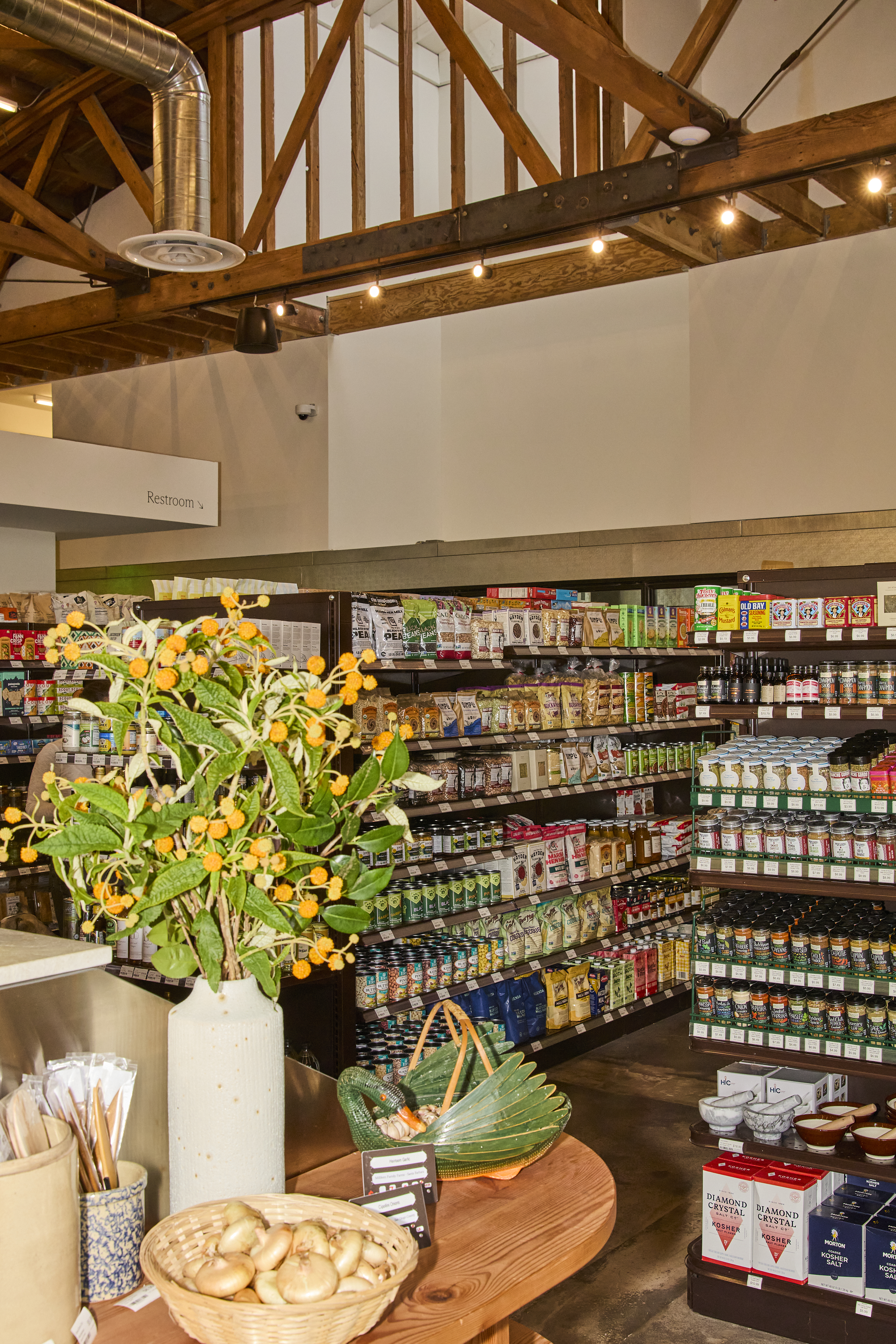
LA Grocery And Café
'In that immediate area there aren’t any tasting-menu restaurants,' explains Baik. 'This is going to be a 12-seat fine-dining restaurant offering a 12-course chef’s tasting menu using some of the best seafood in the world.' He’s worked closely with Montalba Architects to design a pair of spaces that complement one another, with the larger Bar 109 offering first-rate cocktails and a small bar menu next door to the more exclusive dining space.
A post shared by Corridor 109 (@corridor109)
A photo posted by on
While the restaurant is new, Baik already knows the area well: his parents run Kobawoo House, a Koreatown institution that opened over four decades ago on Beverly Boulevard before moving to its current location just a couple of miles south of his new spot at 641 Western. 'It feels like home, but also like this area is developing so much with the galleries and restaurants bringing in more life and traffic,' he says. He adds that he’s pleased Lasry has shown faith in his experimental menu ideas. 'Basically, the only way the economics work is if the landlord wants you there,' he concedes. 'I’m never going to be the highest-paying tenant with a 12-seater restaurant.'
‘You can come here, park, have a nice lunch and go see seven different art shows’
Emma Fernberger, gallery owner
For Lasry, who has also overseen the arrival of a variety of retail offerings, including luxury jeweller Spinelli Kilcollin and interior designer Marissa Jartcky’s Desmar studio, the eclecticism is the point. 'Growing up in New York, you learn that you can have all kinds of different things next to each other and it makes it more interesting,' he says. 'You don’t need to have a theme for a street, you can just have people with ideas all around each other. Then you can’t predict what’s going to happen next.'
When he first laid eyes on those rows of empty furniture warehouses, Lasry’s vision of a walkable, art-filled community must have seemed like a pipe dream. He planted the seeds anyway, and just a few years later, Melrose Hill is coming into bloom. It isn’t done growing yet.
After Fernberger walks me around her latest exhibit, a striking collection of realist still lifes by the painter turned paramedic Greta Waller, she leaves me with a telling piece of advice for my next visit. 'Always allow a little bit more time than you think you need around here,' she says sagely. 'There’s so much popping up, you always find something new that wasn’t on your itinerary.'
Kevin EG Perry is a Los Angeles-based writer and journalist with over 15 years experience writing across culture and travel.
Currently Culture Writer at The Independent, his work has also appeared in The Guardian, British GQ, Lonely Planet, NME and Empire.
He was shortlisted for The Guardian’s International Development Journalism Award in 2009.
-
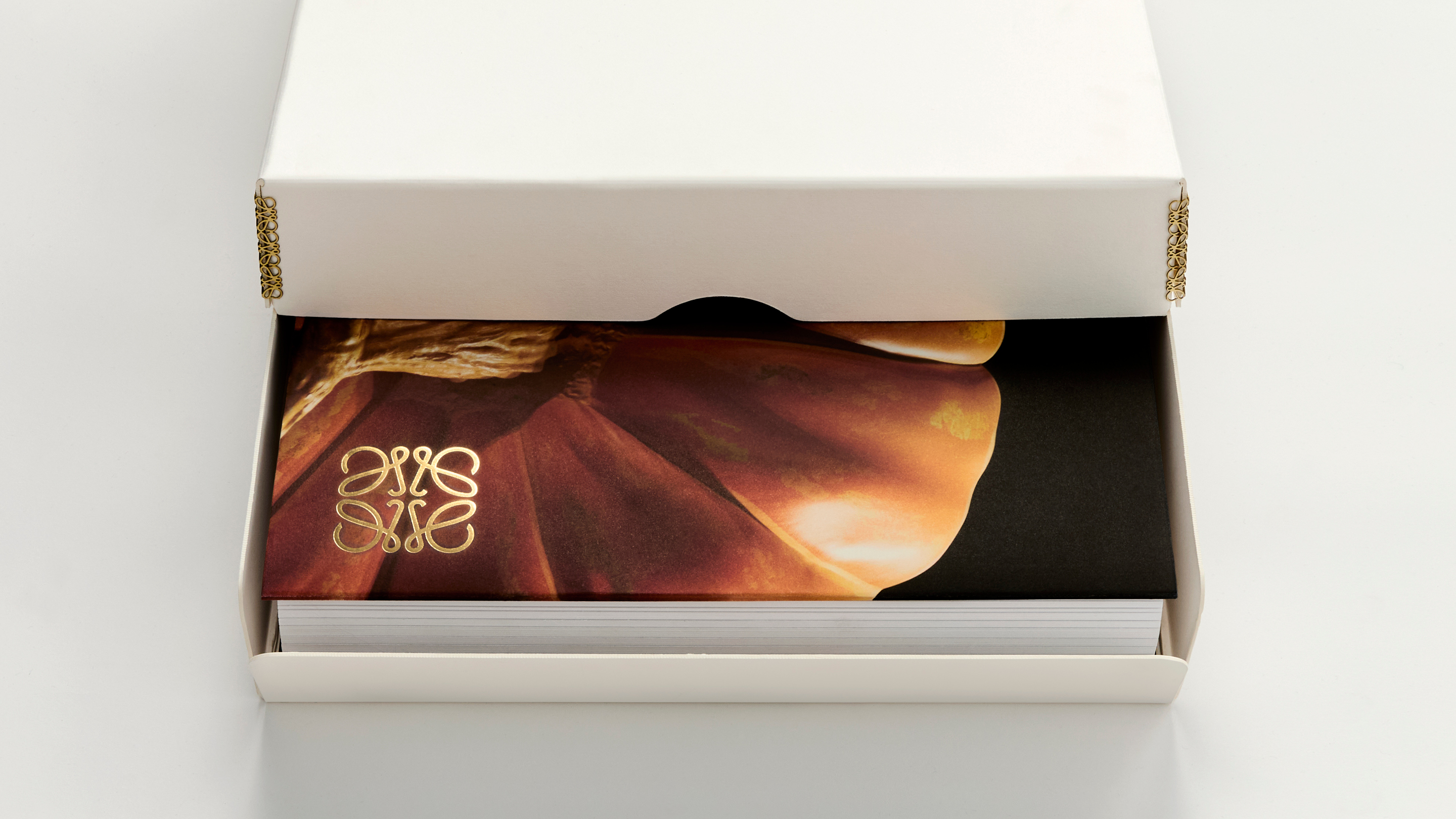 These fashion books, all released in 2025, are the perfect gift for style fans
These fashion books, all released in 2025, are the perfect gift for style fansChosen by the Wallpaper* style editors to inspire, intrigue and delight, these visually enticing tomes for your fashion library span from lush surveys on Loewe and Louis Vuitton to the rebellious style of Rick Owens and Jean Paul Gaultier
-
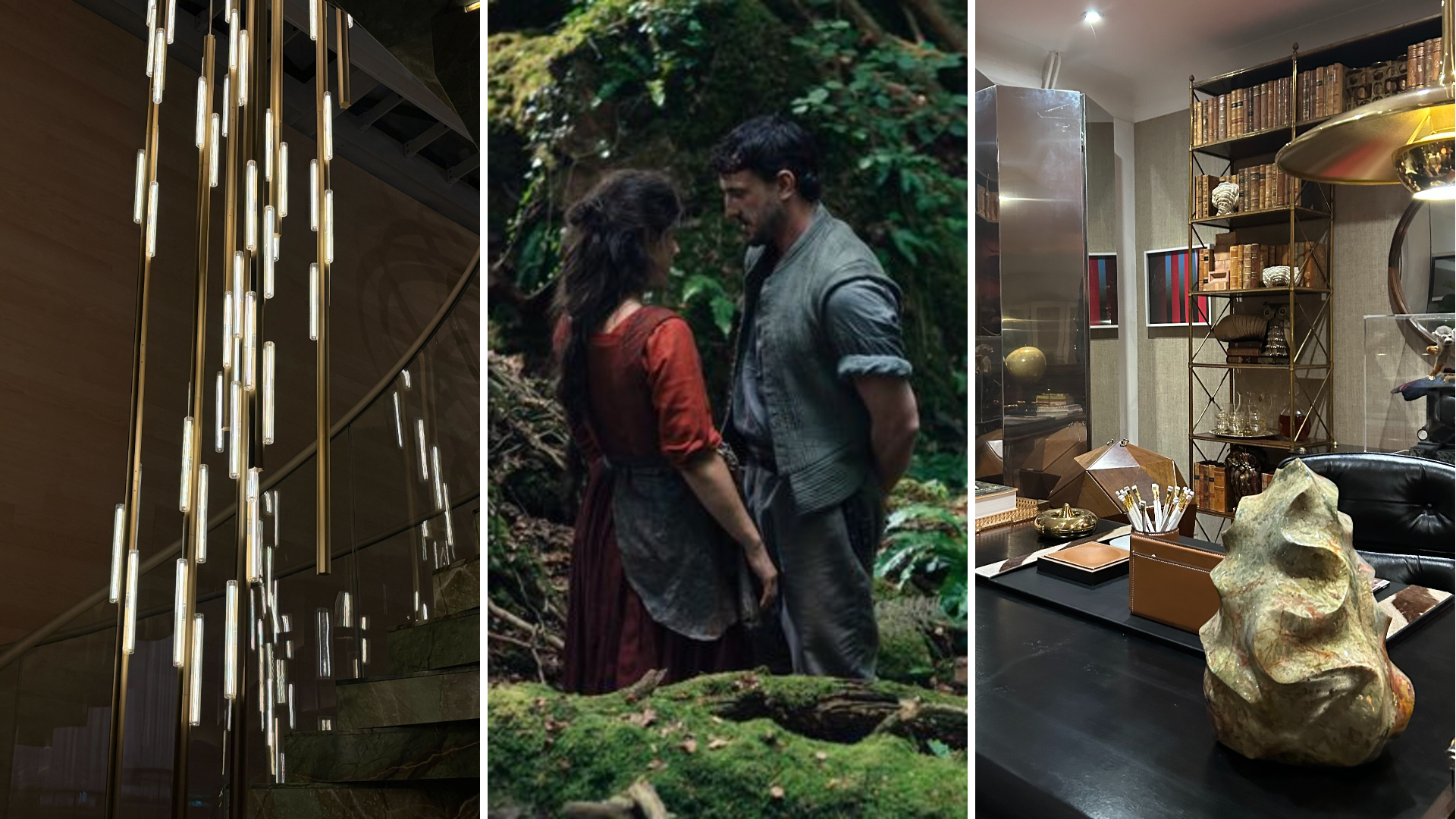 Out of office: The Wallpaper* editors’ picks of the week
Out of office: The Wallpaper* editors’ picks of the weekFar from slowing down for the festive season, the Wallpaper* team is in full swing, hopping from events to openings this week. Sometimes work can feel like play – and we also had time for some festive cocktails and cinematic releases
-
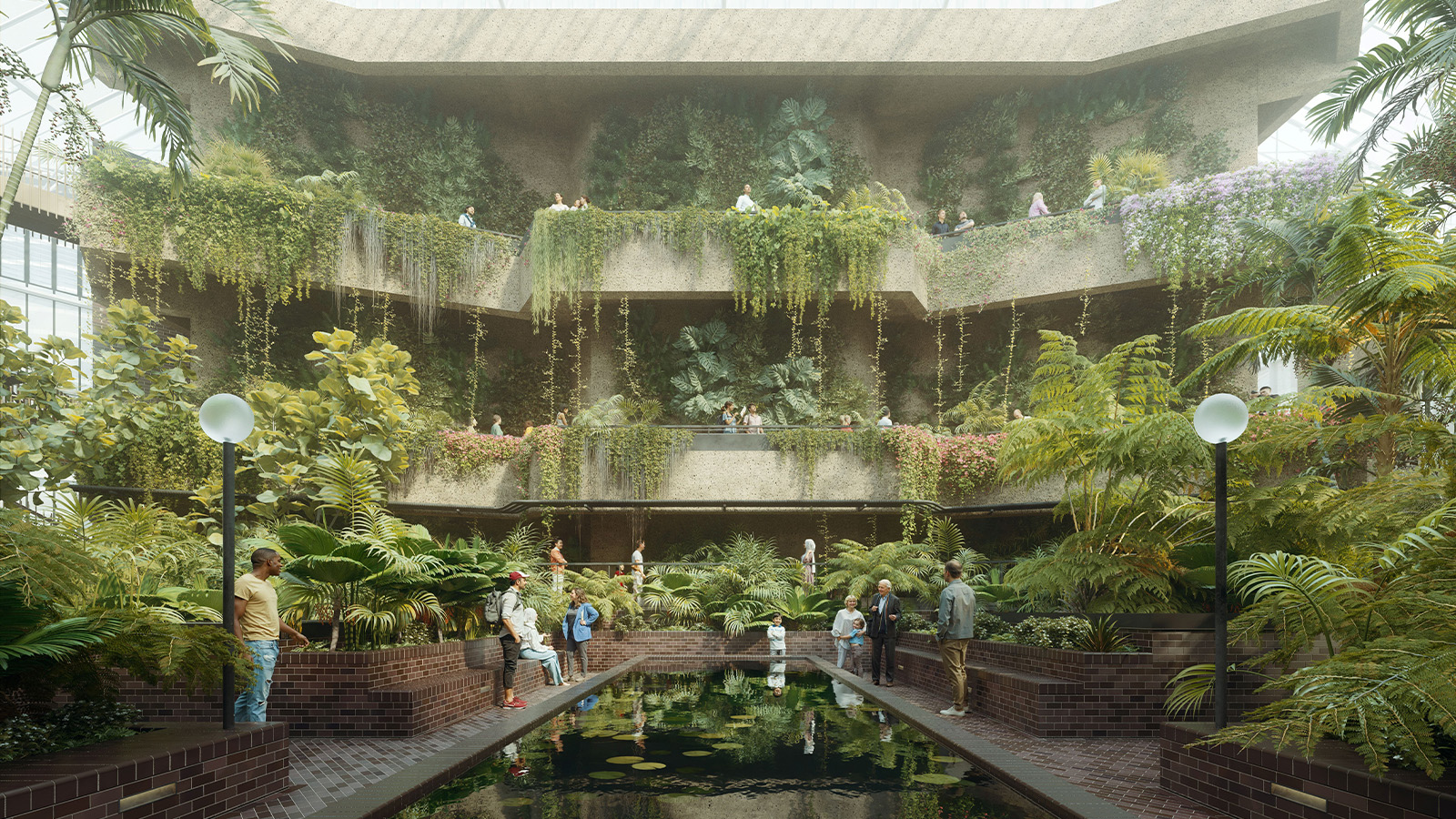 The Barbican is undergoing a huge revamp. Here’s what we know
The Barbican is undergoing a huge revamp. Here’s what we knowThe Barbican Centre is set to close in June 2028 for a year as part of a huge restoration plan to future-proof the brutalist Grade II-listed site
-
 La Monique brings the French Riviera to Santa Monica
La Monique brings the French Riviera to Santa MonicaA transportive room of velvet, candlelight, and Riviera chic, serving French favourites with a modern wink
-
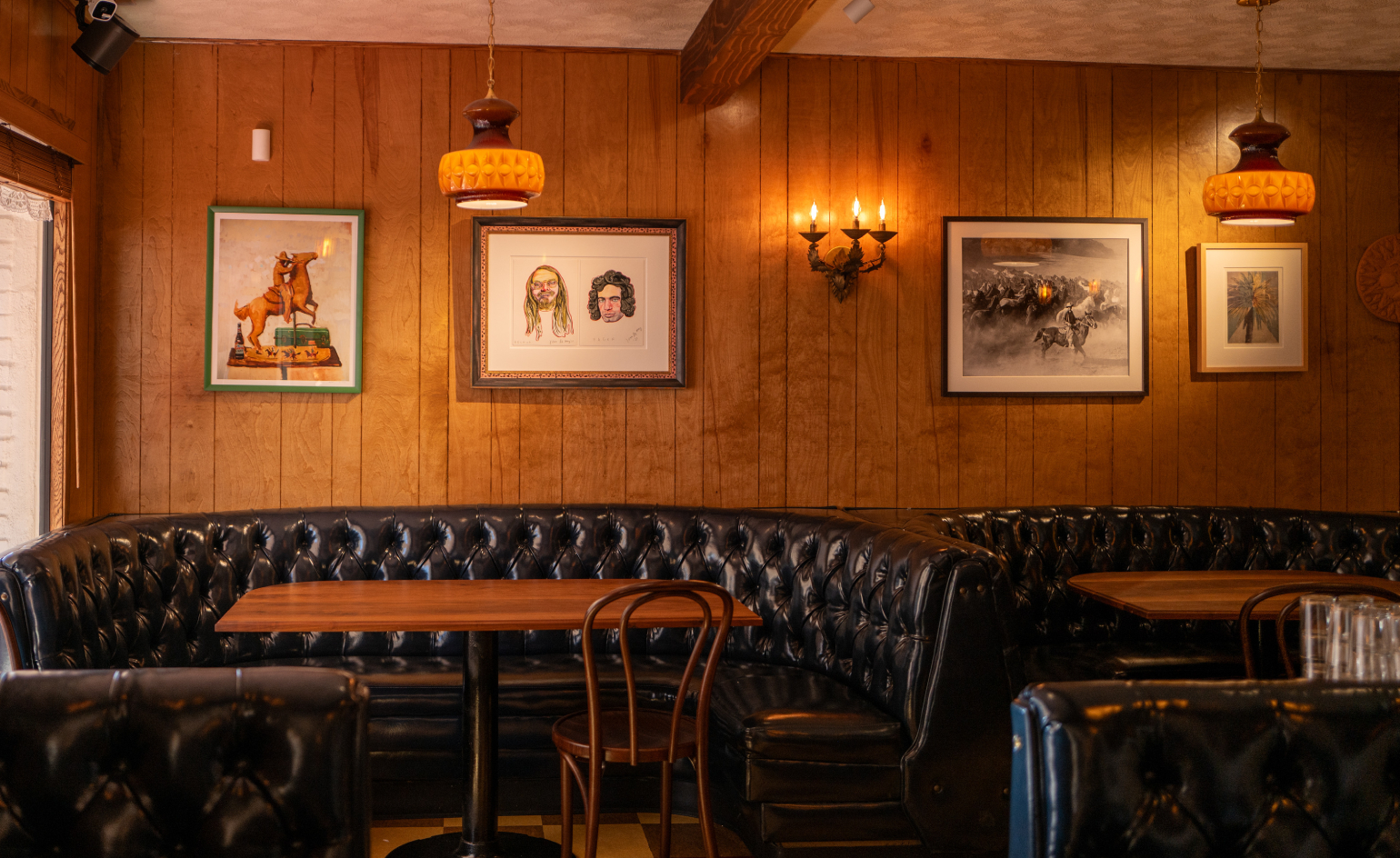 This new Los Angeles restaurant is a mischievous blend of dive bar and 'psychedelic honky tonk'
This new Los Angeles restaurant is a mischievous blend of dive bar and 'psychedelic honky tonk'At Marvito, small-batch tequila and a classic rock soundtrack create a delightfully nostalgic night out
-
 The return of Genghis Cohen: LA’s cult Chinese diner lives on
The return of Genghis Cohen: LA’s cult Chinese diner lives onThe 1980s Chinese-American landmark returns with red booths, neon nostalgia, and a fresh dose of Hollywood eccentricity
-
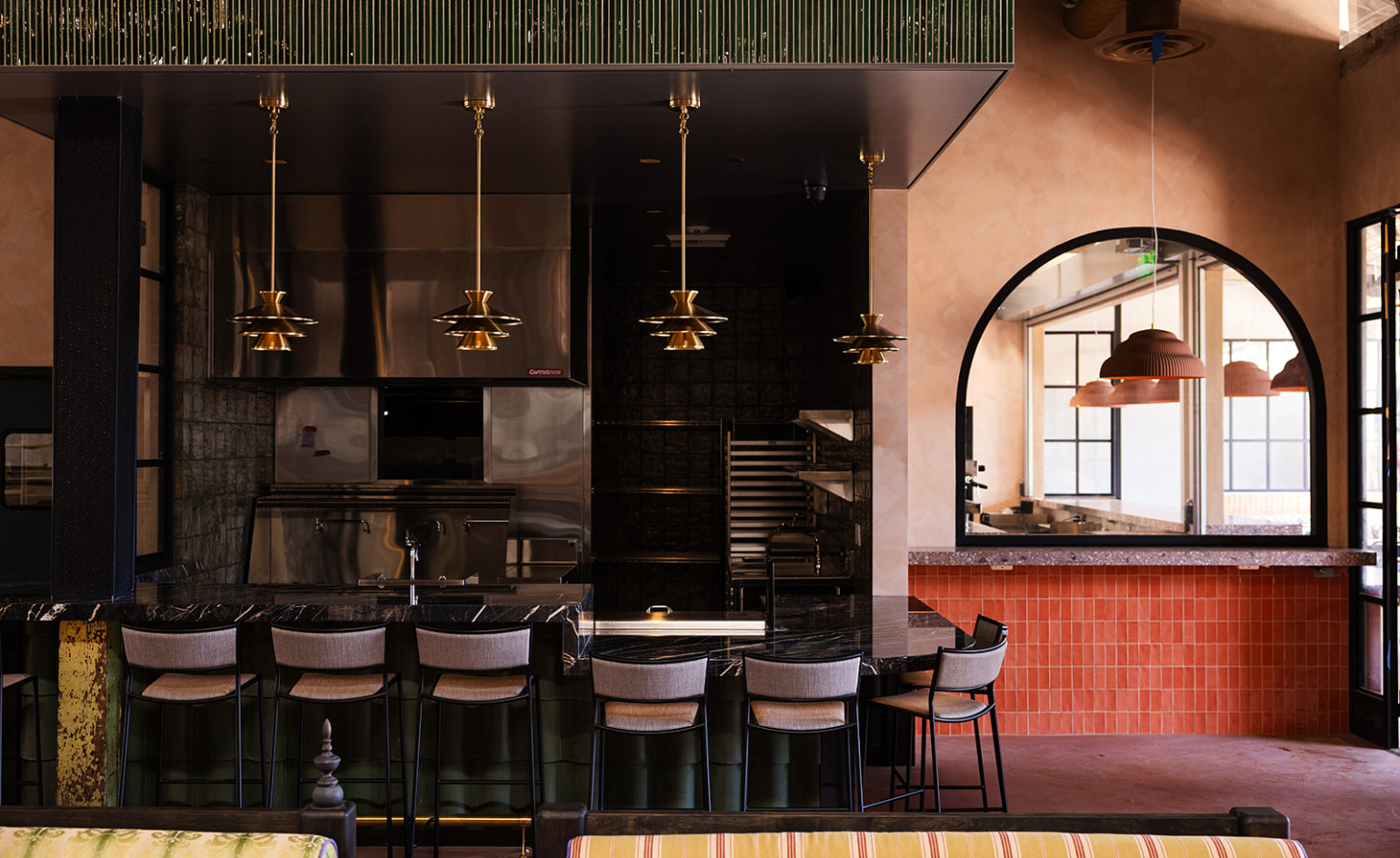 Seven kitchens, one fire: inside LA’s hottest new food market
Seven kitchens, one fire: inside LA’s hottest new food marketAt Maydan Market, chef Rose Previte turns global street food and layered design into a vibrant, fire-lit experience
-
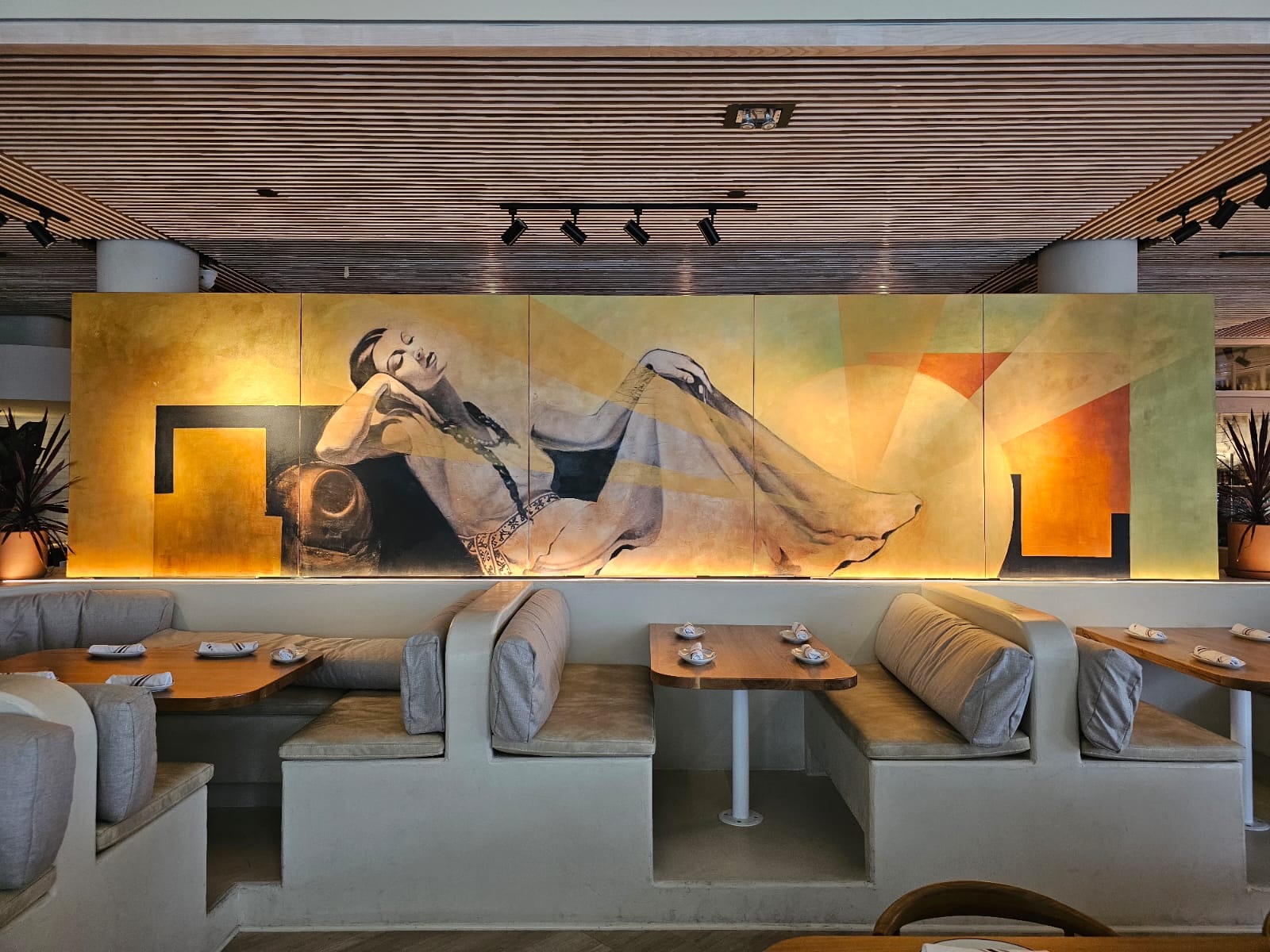 Big flavours and bold design define La Nena Cantina, Los Angeles's newest Mexican hotspot
Big flavours and bold design define La Nena Cantina, Los Angeles's newest Mexican hotspotFrom handmade tortillas to 40-ingredient mole, this new Sunset Boulevard restaurant takes Mexican cuisine seriously
-
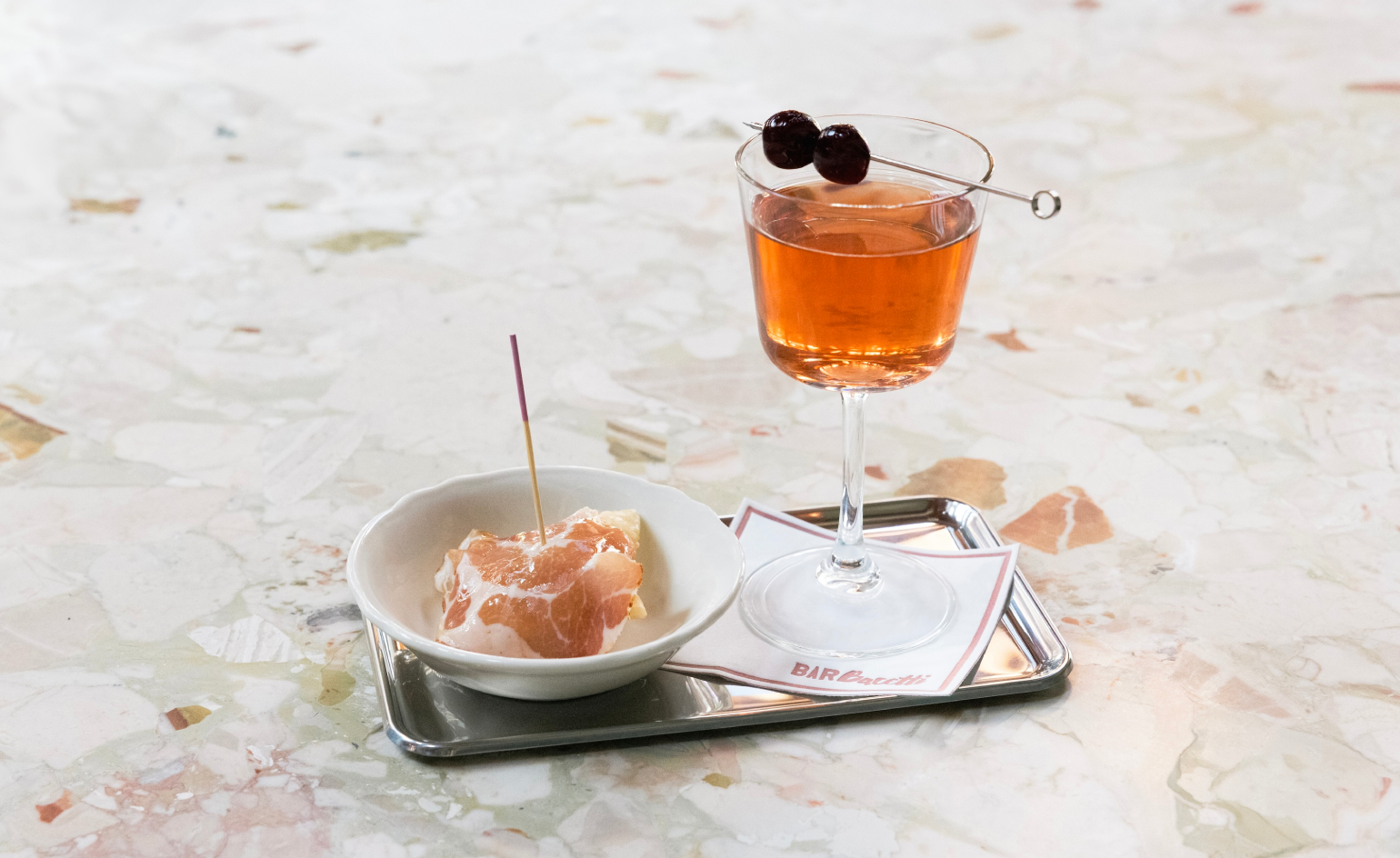 Aperitivo time is this Los Angeles bar’s ‘ragione di vita’
Aperitivo time is this Los Angeles bar’s ‘ragione di vita’Located in Echo Park, Bar Bacetti is a welcoming haunt celebrating the great Italian ‘art of snacking’
-
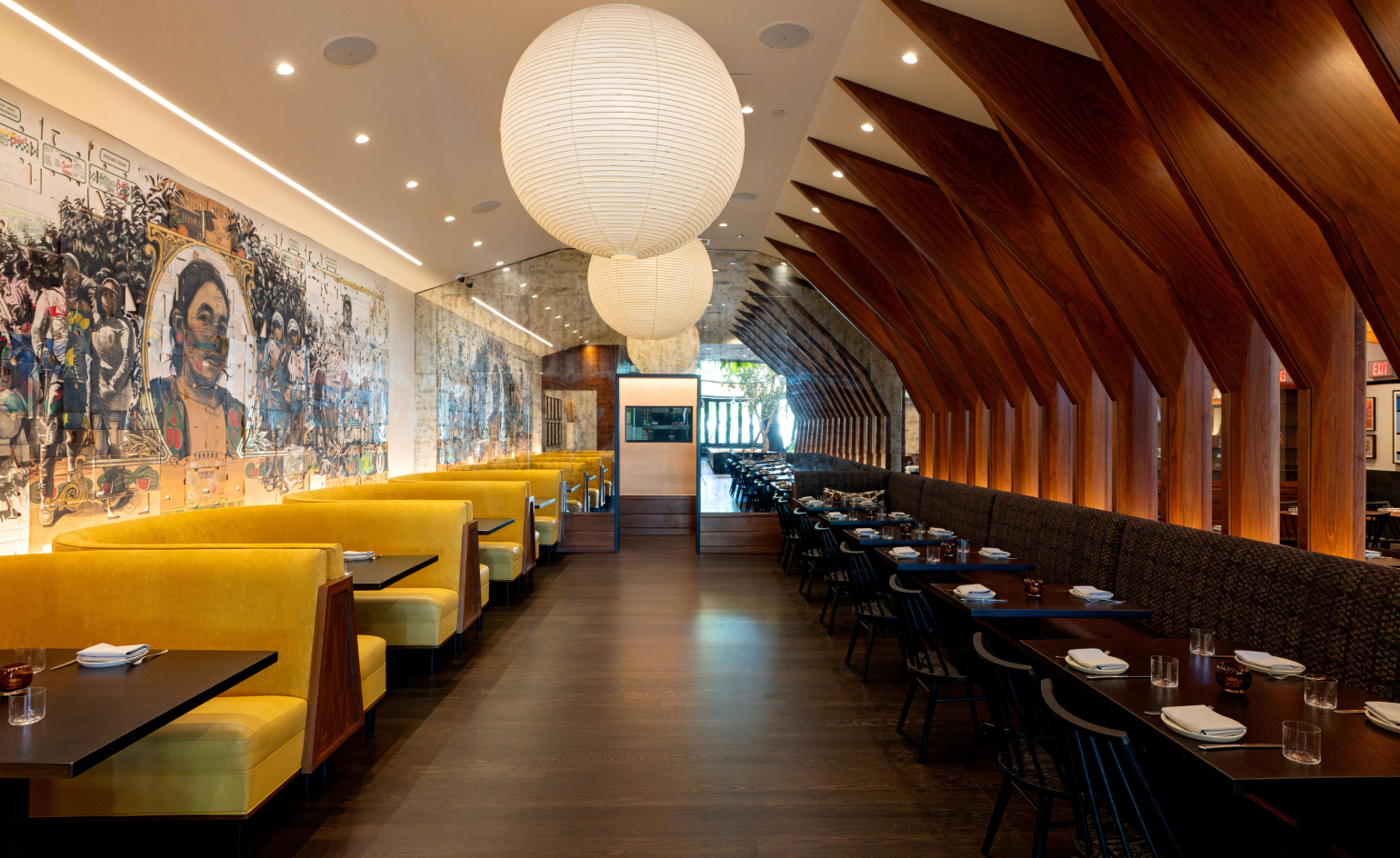 In Los Angeles, Darling doesn’t want to be your average dinner spot
In Los Angeles, Darling doesn’t want to be your average dinner spotVinyl, live-fire cooking, and California’s finest ingredients come together in this immersive new concept from a celebrated Southern chef
-
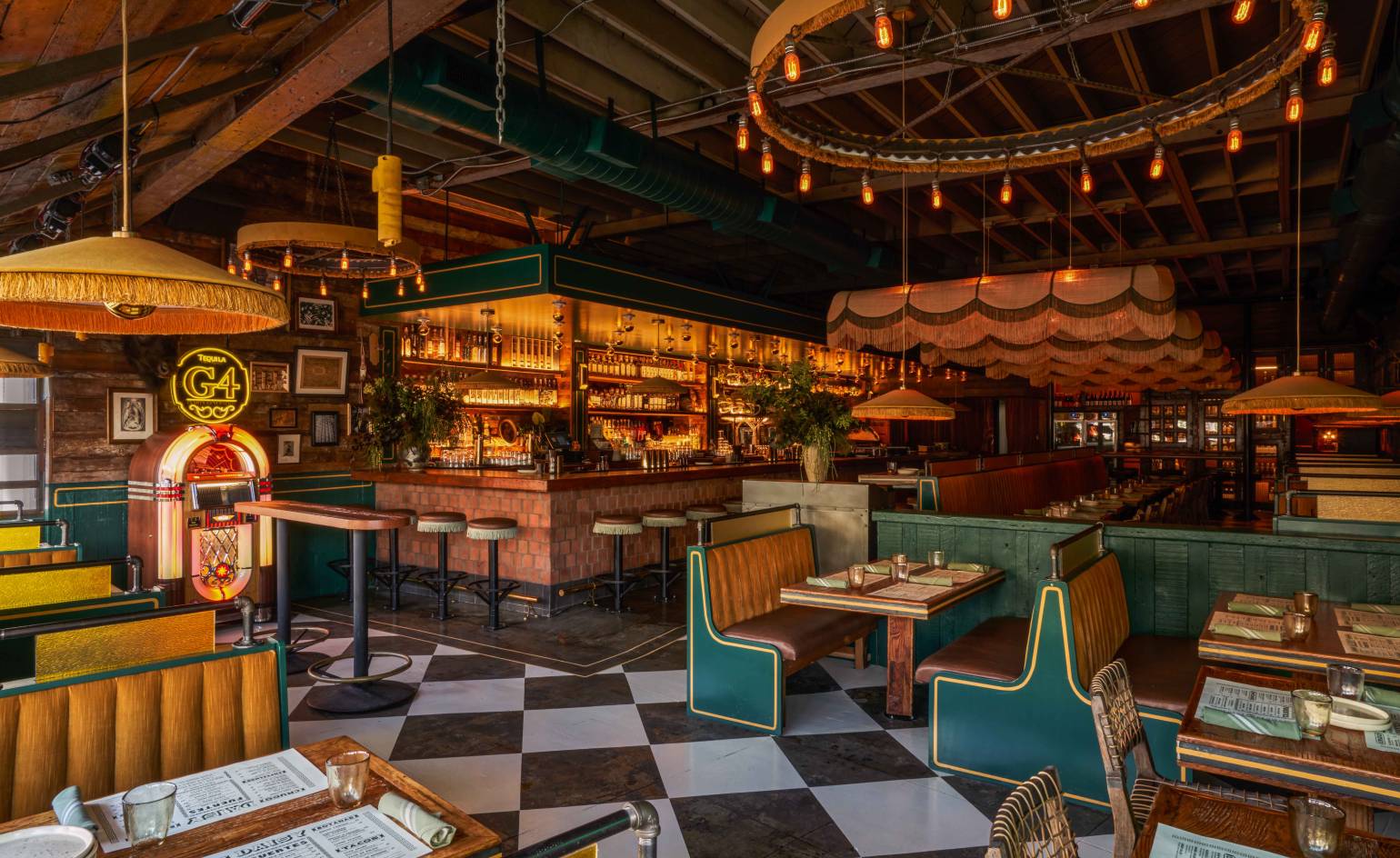 Daisy Margarita Bar reimagines the Mexican tavern with vaquero flair in Los Angeles
Daisy Margarita Bar reimagines the Mexican tavern with vaquero flair in Los AngelesFrom frozen guacamole margaritas to lamb shank with frijoles puercos, this new Sherman Oaks destination mixes playful gastronomy with tradition